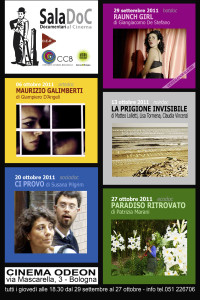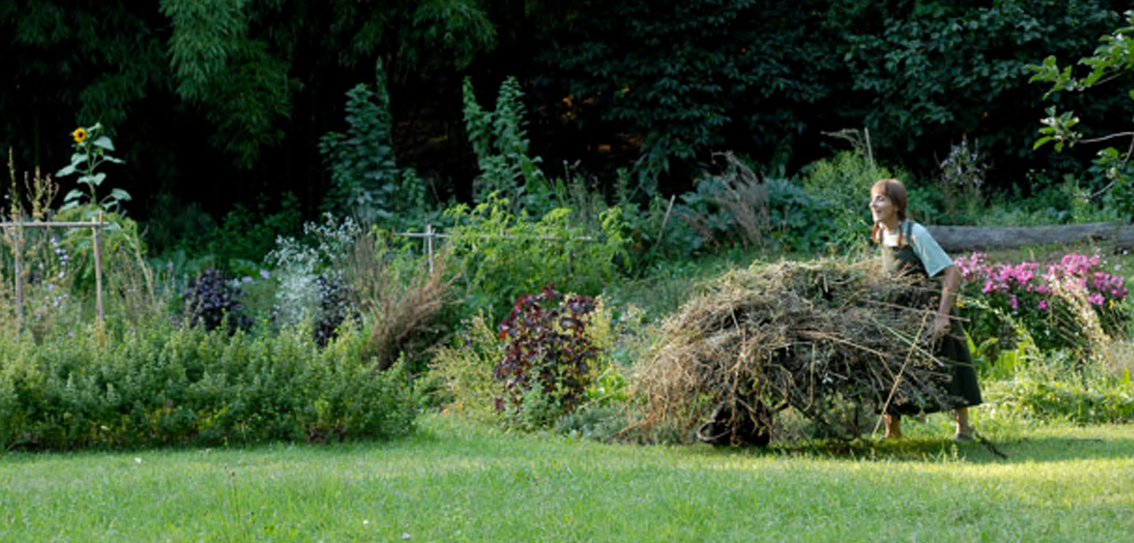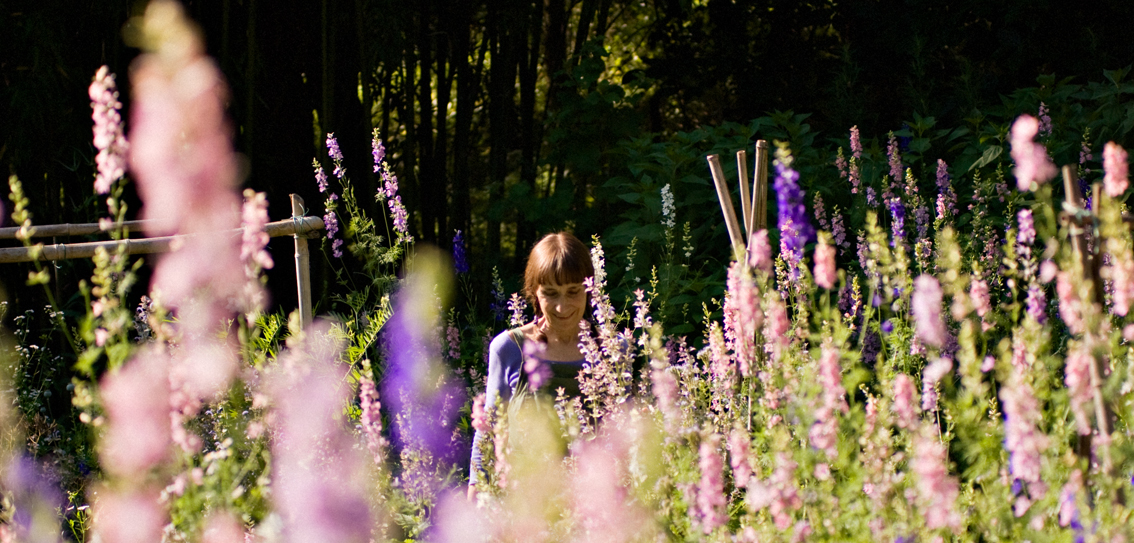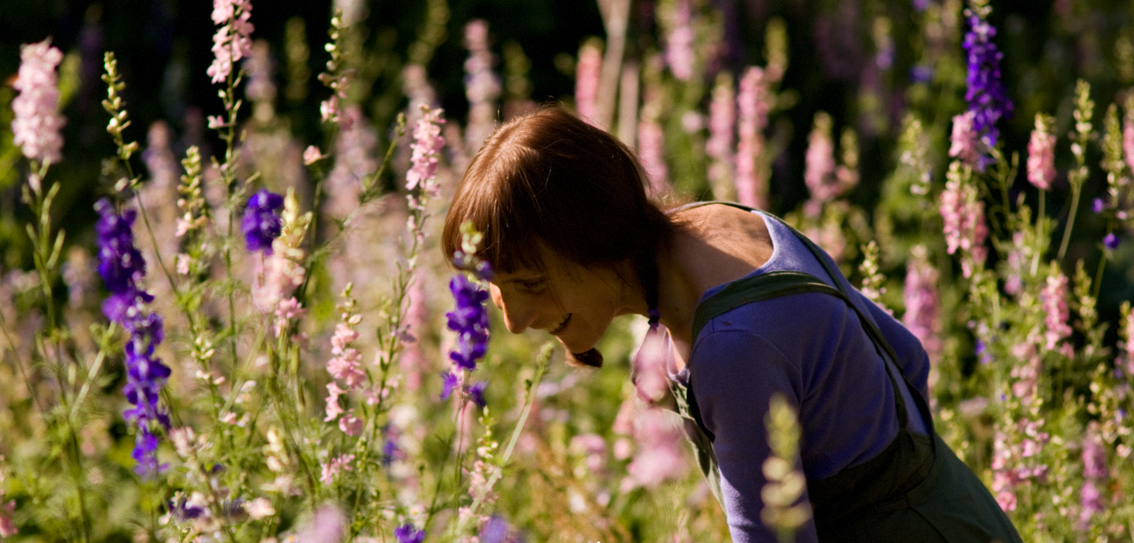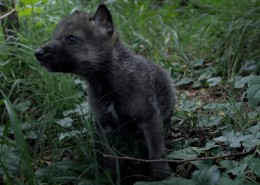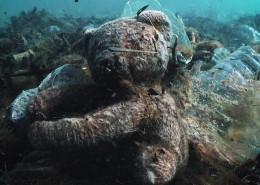
PARADISE FOUND
Il film
PARADISE FOUND by Patrizia Marani
2009 – DVCAM – 4/3 Letterbox 1×91′ – 1×52′ – 4×26′
Festivals and Awards: Winner Bioversity International Prize 2010, Winner Sardinian Sustainibility Film Festival 2010 Roma Selezione Ufficiale Cinemambiente, Torino 2010, Winner Scanno Film Festival 2011.
distribution WINDROSE
Credits
Italy, 2009, DVCAM, 1X52′ – 1×91′
Director
Patrizia Marani
D.O.P
Andrea Dalpian
Editing
Giusi Santoro
Comics and drawings
Lucio Filippucci
Soundtrack
Guido De Gaetano
Soprano Voice
Margret Ponzi
Graphics and editing assistant
Daniele Bonazza
Distribution
POPCult
Produced by
Anthropos Films and Giusi Santoro
It seems a paradox that a bunch of gardening folks who think they love nature, should instead add to its destruction. In the US and Europe, many households have a lawn or a garden which are given millions of tonnes of chemical fertilizers and pesticides each year. The average homeowner uses approximately 10 times the amount of chemical pesticides per acre as farmers. What’s more, pesticides not intended for use on food are not required to undergo the same degree of testing as those used on food. Increased odds of childhood and adult cancers and nervous system diseases have been associated with people living in households where pesticides are used. Dangerous herbicides, pesticides and fertilizers leak into the groundwater and water systems, contaminating drinking water and fish. In addition, plants-watering accounts for a lot of residential water consumption, when climate change is making water a scarce commodity. Each year, the conversion of hundreds of thousands of hectares of land to lawns causes a huge loss of biodiversity as pesticides limit to 3 the species of grass that can grow on the applied space and surrounding areas.
Making use of a wealth of material – from Gabriella’s personal photographic and video archives to splendid drawings by her husband, one of Italy’s most outstanding comic book artists – we sketched out Gabriella’s life and the birth of her “green child” in the late ‘70s. Into this narrative, we have woven the tale of Gabriella’s contemporary life, as we follow her and her garden throughout one whole year. The film starts in springtime and ends the next springtime, so that we can observe all her farming techniques and witness their outcome. Our natural farming journey comes full circle with a lavish gathering of fruit and vegetables and the return of early spring.
NOTE OF ARTISTIC INTENT
The Garden – and Life – as a Work of Art
Her garden offers at every season a different, spectacular performance. Gabriella makes up a landscape that looks wild, but is instead her creation: a sanctuary for a vast variety of species, from the nearly extinct and exotic to native wildflowers and shrubs, which in her garden – 80 per cent made up by native vegetation – have the same status as noble cultivated plants. “Biodiversity” is her credo, thus any new members of the botanical family carried in on the wind or “saved” from fields and roadsides is welcomed at Casoncello. In this way, she crafts spectacular “artificial meadows” – that nature “would take decades to create”, full of insects, bees and butterflies – flower beds that mix wild and cultivated species, a lavish orchard and a bountiful vegetable garden which give a produce as rich in nutrients as the fruit and vegetables that our grand parents ate. But how does she make it?
Gifted artist, but even more, talented botanist, she creates botanical pictures in a garden that is self-fertilizing and pest resistant. She has honed her special techniques by drawing from different gardening and horticultural traditions that take nature as their model. By keeping her garden on the “sweet spot” between wild and tame, the incredibly high number of plant species that grow side by side attract a wide range of different pests and insects that feed on each other. As happens in woods, she constantly recycles all vegetal matter: every single flower, blade of grass, or leaf that she pulls off she returns to the soil straightaway or transformed into compost to create a humus-rich topsoil. Leaves and mowed grass are also distributed on the soil to keep the roots of plants and shrubs protected from the cold in winter and the heat in summer, which also lower their need of water. This virtuous recycling of all the vegetal matter makes her garden much lusher and full of flowers than if she were using fertilizers.
By teaching her techniques and vision to visitors from all over the world, in her typical hands-on, day-by-day way, she carries out a tenacious struggle for the protection of the environment, conservation of biodiversity, and the “conversion” of thousands of small gardeners to natural gardening. She knows she is a drop in the ocean, she says, “But I AM a drop.”

